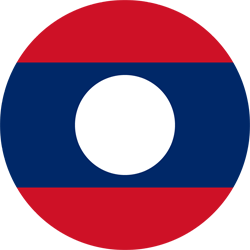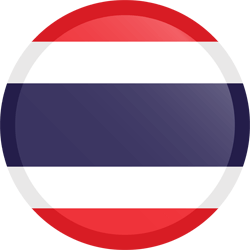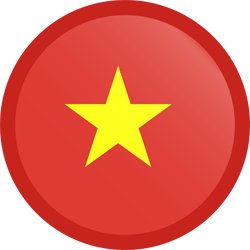Japan’s postwar economy may be divided into four periods. In the first, postwar economic reconstruction got under way, followed by the promotion of a self-sustaining economy under the Dodge Line policy of 1949, and Japan’s return to the international economy with the establishment of a fixed exchange rate of Y360 to the dollar.
The Dodge Line, named after Joseph Dodge, the economic adviser to the General Headquarters of the Allied Occupation Forces, was a set of drastic anti-inflation measures based on the belief that a prerequisite for economic independence was stability of currency values, which was necessary to obtain economic aid. Under the plan, the government carried out such a strict policy of austerity that its budget for fiscal 1949 registered a surplus of revenues.
The second period from the latter half of the 1950’s to the first half of the 1960’s was marked by full-scale technological progress and rapid growth of the economy, a period which started with the Jinmu Boom of 1956, followed by a recession in 1958, then the Iwato Boom of 1959-1961, and an adjustment phase from 1962 to 1965.
The longest postwar period of prosperity was the third, which followed the recovery from a recession in 1965 and witnessed the clearing of the ceiling on the balance of payments that had until then been a major obstruction to economic expansion.
The fourth period began in 1970, after which the Japanese Economy underwent a major crisis amid the turbulent world economic situation and coped with a series of knotty problems, including the upward revaluation of the yen and worldwide spiraling prices for primary products, the petroleum in particular.
What factors enabled Japan to accomplish a rapid recovery?
For the full text, click here.











.png)



.png)




